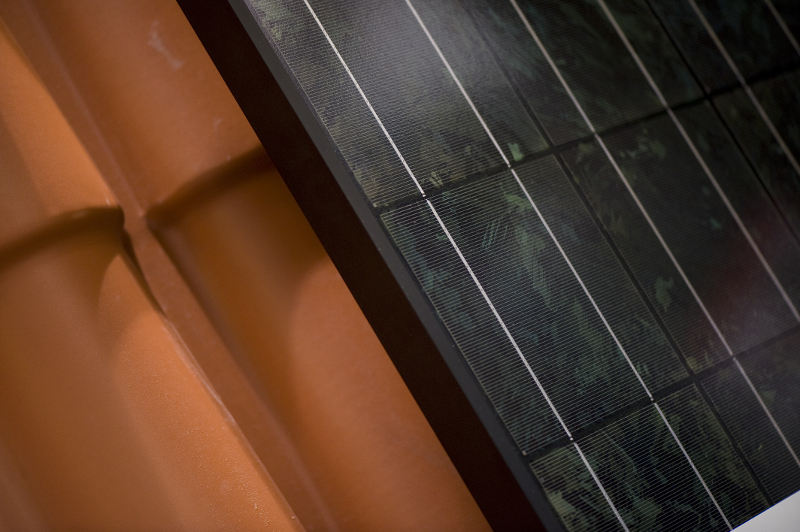
The price of domestic solar in the UK has failed to decline – and even rose marginally – in the two years since the feed-in tariff was revised, government statistics have revealed.
Data released by the Department for Business, Energy and Industrial Strategy (BEIS) this morning revealed that between April 2017 and March 2018, the median cost of installing residential-scale (sub-4kW) solar in the UK stood at around £1,701 per kilowatt.
The cost data is produced by BEIS using data sourced from the Microgeneration Certificate Scheme database of completed installations, producing an average from the 19,708 installations the database included.
The figures, released annually, reveal that the cost of installing solar at the residential scale has failed to fall as expected in the UK under the revised feed-in tariff scheme, and in fact has risen slightly under
In the 2015/16 reporting year the median cost of installing solar at the residential scale amounted to £1,691 per kilowatt, staying broadly flat with the preceding year at £1,692.
This has occurred during the same time at which the number of domestic solar installations has collapsed. In 2015/16 the department tracked the cost of installer from more than 95,000 residential-sized installations, but in the most recent reporting year this had fallen by nearly 80% to just over 19,700.
There are, however, a wide array of factors which would contribute towards a system’s price. With fewer installs being commissioned, contractors are likely to have to seek more significant margins for each individual install. There is also a marked transition in the UK towards both more efficient and more aesthetic systems, which inherently come at higher cost.
But the failure for the average cost of installing solar to fall in the UK, while owing to many more market considerations than just the number of installations, draws into stark context the assumptions used by the government to determine appropriate feed-in tariff rates under the scheme’s revision in 2015.
The government used a report compiled by Parsons Brinckerhoff alongside new data points supplied by respondents to the original feed-in tariff consultation to settle on an average CapEx figure for solar deployed in the 0 – 10kW scale of £1,630. This figure was then used alongside the government’s desire to provide returns on investment of around 4% to reach the starting feed-in tariff rate of 4.39p/kWh.
That the average cost of a solar system has remained above that CapEx expectation – and even risen further – could mean that consumer returns fall below levels the government deemed appropriate to satisfy state aid obligations and ensure households perceive rooftop solar as a plausible investment.
While the government originally committed to bi-annual reviews of the FiT scheme, it has yet to conduct a single review in the 27 months its revised version has been in operation. Earlier this year energy and clean growth minister Claire Perry confirmed that the government had “no plans” to review the actual tariff rates.
Both the feed-in tariff review and a forthcoming post-2019 for solar PV have been pledged by the government and, while behind scheduled, are rumoured to be earmarked for publication this summer.

